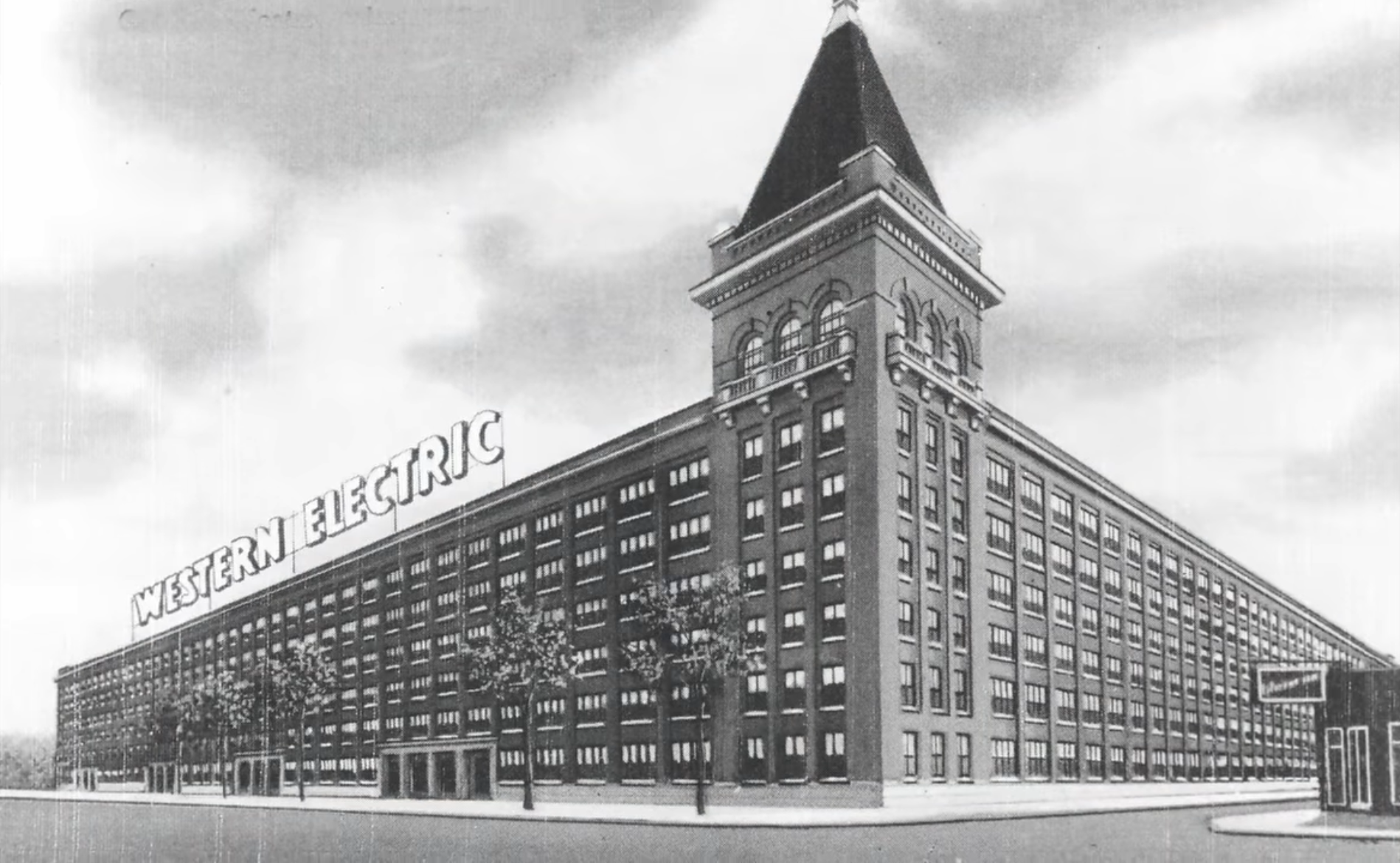November 25, 2024 • #

Western Electric Plant. Cicero, IL.
Western Electric was the captive equipment arm of the Bell System and produced the majority of the telephones and related equipment used in the U.S. for almost 100 years.

Western Electric Plant. Cicero, IL.
Western Electric was the captive equipment arm of the Bell System and produced the majority of the telephones and related equipment used in the U.S. for almost 100 years.
A dive into ARPANET's protocol hierarchy.
Steven Sinofsky's syndicated book on his time at Microsoft.
The oral history behind Doug Engelbart's famous demo.